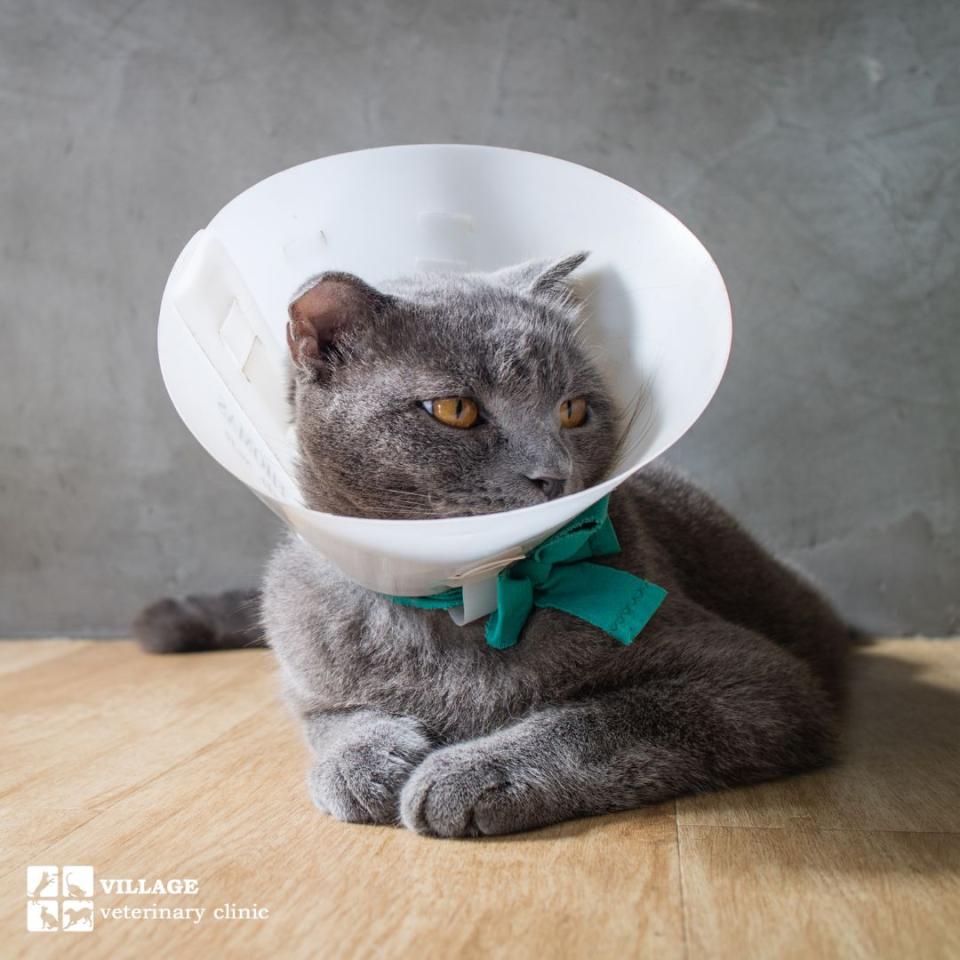
Cat Spaying and Neutering - What is spaying or neutering a cat?
Spaying and neutering are the terms for removal of the sexual organs in female and male cats in order to prevent pregnancy (primarily). Spaying refers to the removal of the ovaries and uterus (an ovariohysterectomy) in female cats. Neutering refers to removal of the testicles in male cats.
How does spaying or neutering impact the health and well-being of your cat?
Most cats handle being spayed or neutered very well, however there are some that have a lowered metabolism after being fixed and can become obese. This is best countered by diet and exercise.
How soon should you bring your cat in to see a veterinarian to get them spayed or neutered?
We like cats to be above 5 lbs prior to undergoing their spay or neuter (which usually ends up being around 5 to 6 months of age. Occasionally, we will recommend waiting, usually if there is an issue that we would like to work up prior to anesthesia. Ideally, we would see your cat or kitten prior to the procedure to do an overall exam and make sure they are up to date on their vaccines.
What are the medical benefits of spaying and neutering cats?
The primary reason we recommend spaying and neutering your cat is to prevent pregnancy. Doing so prevents most issues associated with pregnancy, including issues giving birth and infections of the uterus. It also can help almost eliminate the risk of mammary tumors in cats that are spayed prior to their first heat. In the males, it prevents spraying behaviors, territorialism, and wandering.
How will spaying or neutering affect my cat’s behavior?
Spaying and neutering can help with inter-cat aggression and wandering behaviors.
Of course, female cats will no longer go into heat. Male cats, if they have already started spraying, will sometimes continue to do so. Neutering can help to reduce the urge to wander after in-heat females so there is less of a risk for cat fights and car accidents.
What are some possible conditions that can be helped or prevented by spaying or neutering your cat?
For females, pregnancy and pyometras (infections of the uterus) are the primary issues that are prevented by spaying. In addition, any ovarian cysts or tumors or uterine inflammation is eliminated due to the removal of these structures.
In males, marking and territorialism are greatly reduced or eliminated through neutering. While testicular cancers aren’t common in cats, this would also be eliminated with removal of the testicles.
How should I care for my cat before and after spaying or neutering surgery?
The day before surgery, cats can eat dinner but we try to keep them from any food after 10pm in preparation for their surgery the next day. Outdoor cats should be brought in and contained overnight for easy capture in the morning (or brought the the vet and kept there overnight.)
After surgery cats should be kept indoors in a clean, dry area where their owners can check on them and inspect the incision daily. We often recommend replacing clumping litter with a pelleted or paper litter that won’t stick to the incision. A cone or surgical suit should be worn for 10-14 days (when the incision will be fully healed)
If you have any other questions, please give us a call at (256) 216-4780. You can also email us at [email protected] and we will get back to you as soon as we are able. Don't forget to follow us on social media: Facebook and Instagram
